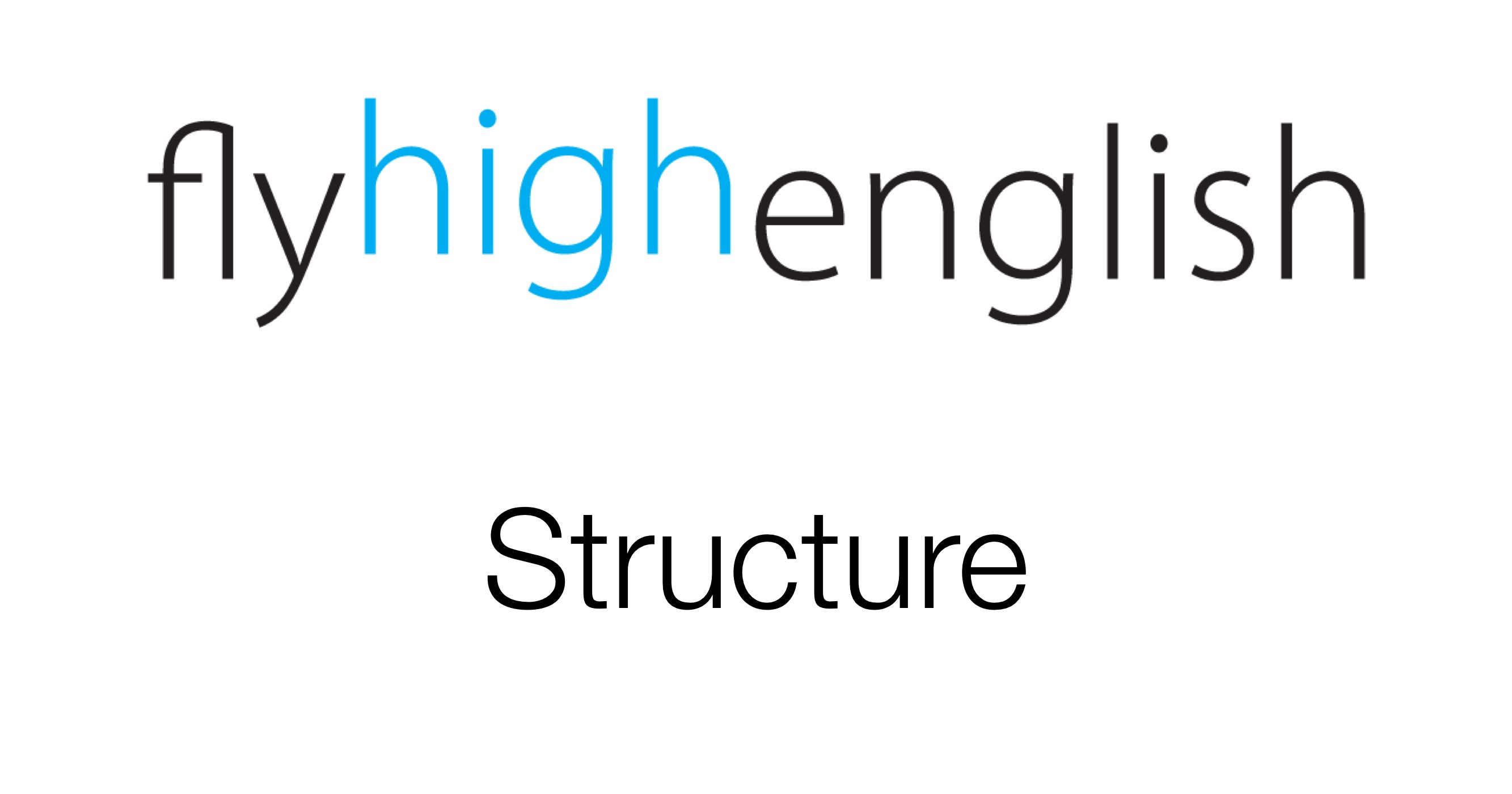
This time in our structure help we talk about using this, that, these and those. We use them to help identify the things we talk about. This and these are used to talk about things that are close to you, that you can touch. That and those are used to talk about things that you can’t touch, that are farther away from you. Study the diagram and practice some examples yourself.

Follow us on twitter here, Facebook here or Google+ here for more great content!
Have a great day!



